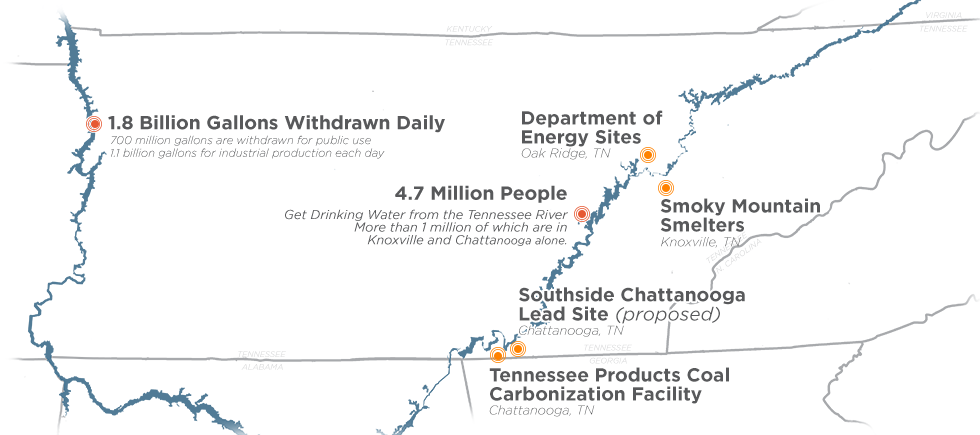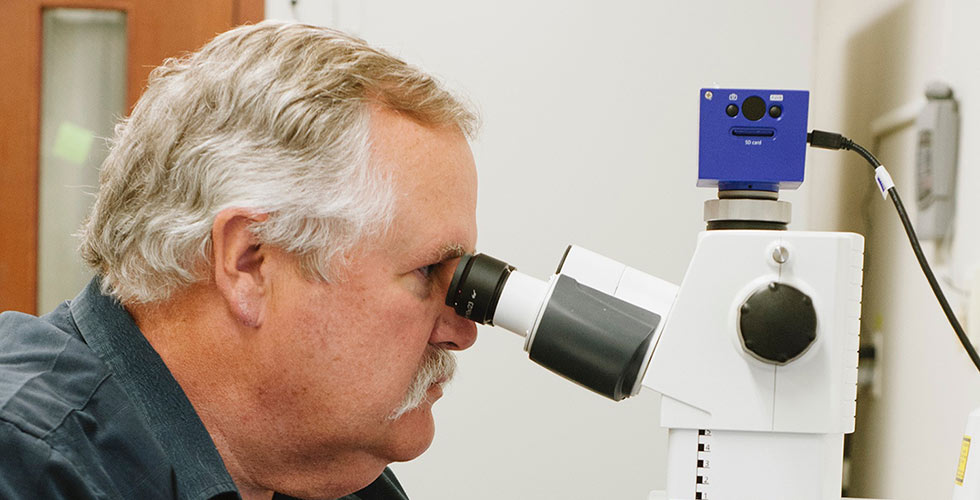UT’s Hazen Teams Up on Water Quality Breakthrough
Governor’s Chair develops new approach to testing water, predicting problems
- Congress created the Superfund program in 1980 to clean up toxic and hazardous sites.
- There are three such sites within a short distance of the Tennessee River between Knoxville and Chattanooga.
- An estimated 5 million people rely on the river for water, making its health a key priority.
Discussions about water security have typically centered upon its simple availability, with commercial use and mitigation against droughts being the primary focal points.
With more industrial areas of the past now being cleaned up through programs such as Superfund, the attention is being turned more frequently to the quality of water, not just the quantity.
A research team including UT-Oak Ridge National Laboratory Governor’s Chair for Environmental Biotechnology Terry Hazen has come up with a novel way of testing such waters.
“We found that there is a strong correlation between microbial diversity and the presence of contaminants,” said Hazen, who is also director of the Institute for a Secure and Sustainable environment and a member of the Department of Civil and Environmental Engineering, Department of Earth and Planetary Science, and Department of Microbiology at UT.
“Overall biodiversity went down, but different pollutants actually helped microbes thrive.”
Hazen said that studying the gene markers of microbes gives a broader picture of what’s in play in impacted water zones and helping the team develop predictive modeling to avert future problems.
There are a handful of Superfund sights in East Tennessee alone, ranging from former foundries and armament locations to closed Department of Energy facilities in Anderson County.

While their former use varies, they all have something important in common: A close proximity to the Tennessee River.
Being able to understand and avert problems with the main water source of millions of people highlights the importance of the research.
“The data and research we are doing is translatable to any impacted body of water,” said Hazen. “Water quality is something that influences the health of vast portions of the world’s population. Giving people a way to make sure their water isn’t contaminated has far-reaching impact.”
The American Society for Microbiology published the full report.
